Hailing from Tasmania, Stu Gibson entered the photography game early by learning to shoot with 35 mm slide film. His main muse? Shipstern Bluff, of course.
But shooting his homeland’s premier hellhound isn’t all Gibson’s work encompasses. He also spends a good chunk of the year on Namotu island, adding a stark contrast to his oeuvre – from the frigid and ferocious back home at Shippies, to the tropical and breezy in Fiji. And it’s this dichotomy that really makes Gibson’s body of work stand out.
Great Breaks Portfolio Series, Part I: Jeremiah Klein
And now, through Surfline Great Breaks, you can own high-quality Stu Gibson photos – along with images from many other topnotch lensmen and women – which are ready-to-hang and printed on HD metal slabs. Additionally, Surfline Premium members get a 40% discount on prints from Great Breaks — among other great perks; see more here — which equates to $220 on the smallest size and $840 on the largest size. (If you’re not yet a premium member, you can start a free trial here.)
Great Breaks Portfolio Series, Part II: Ben Thouard
Below, we caught up with Gibson to hear about his entry into the photography world, his advice for aspiring surf photogs and, of course, to hear the stories behind some of his most iconic images.
[All photo captions by Stu Gibson]
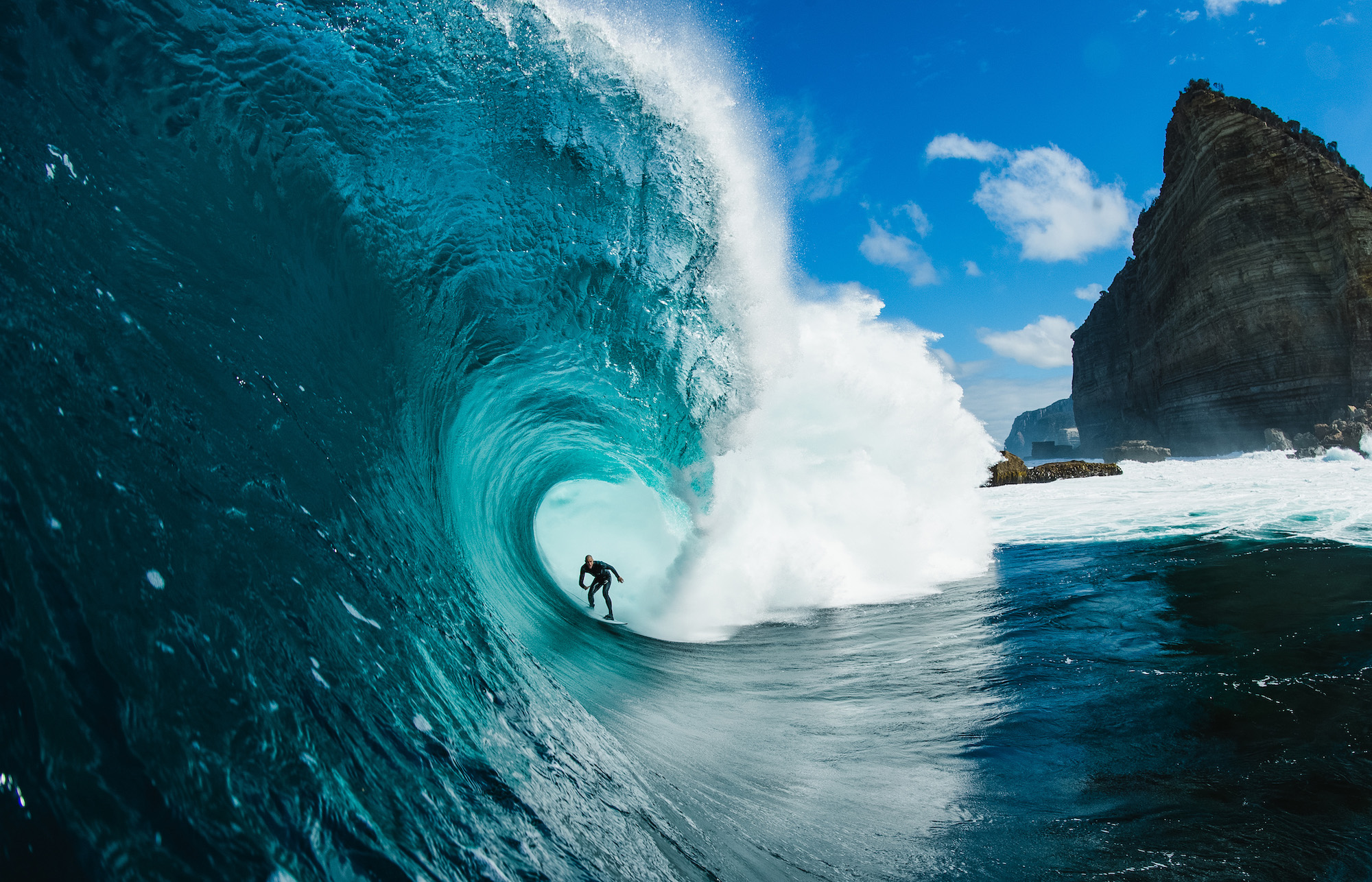
“Mikey Brennan, Shipstern bluff. This won Surf Photo of the Year for 2019 in Australia.”
Home: Hobart, Tasmania
Years shooting: 15
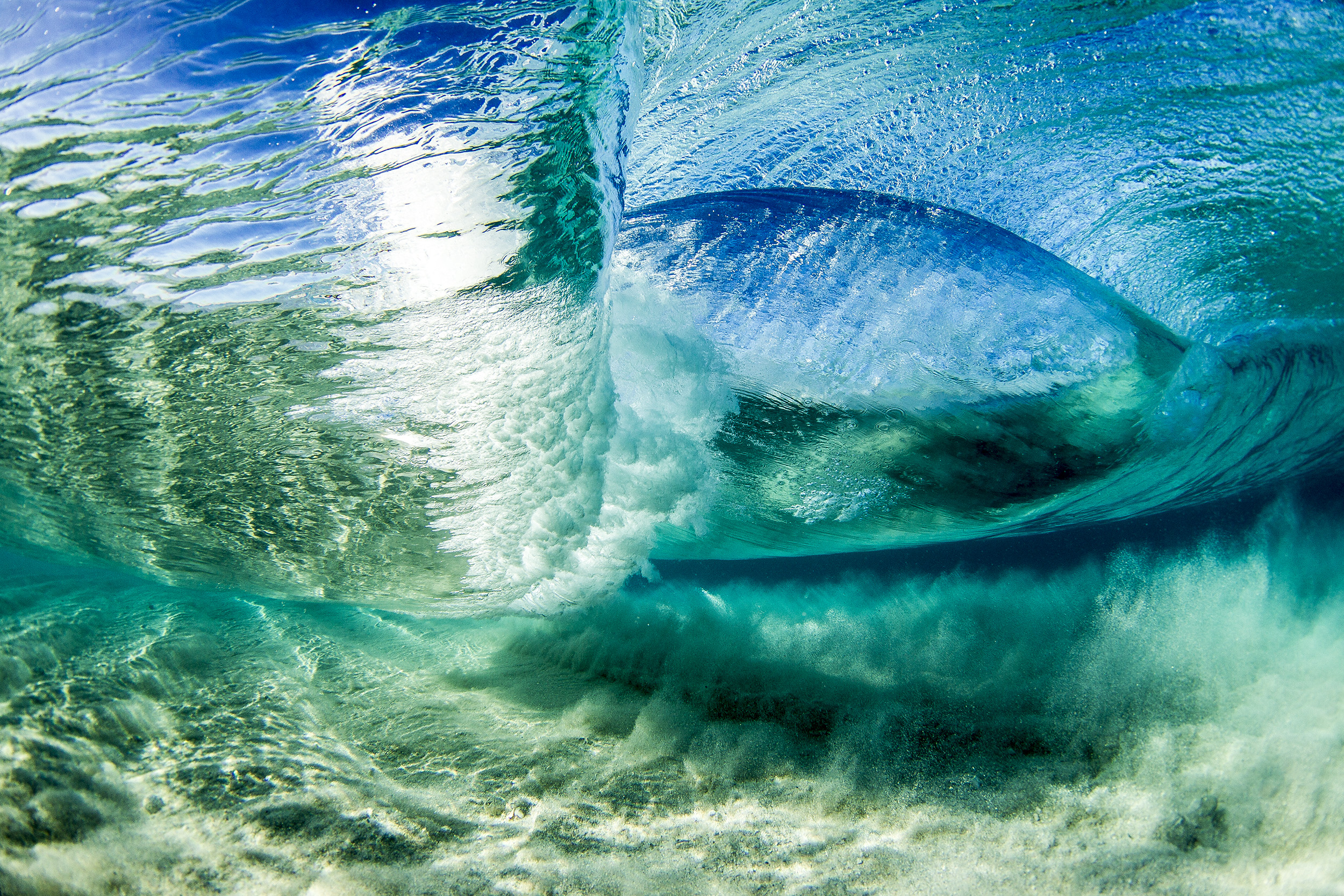
“Underwater in Fiji, on the Namotu sandbar. The cross waves that wrap around the island are really fun to shoot.” Buy this print on Great Breaks here.
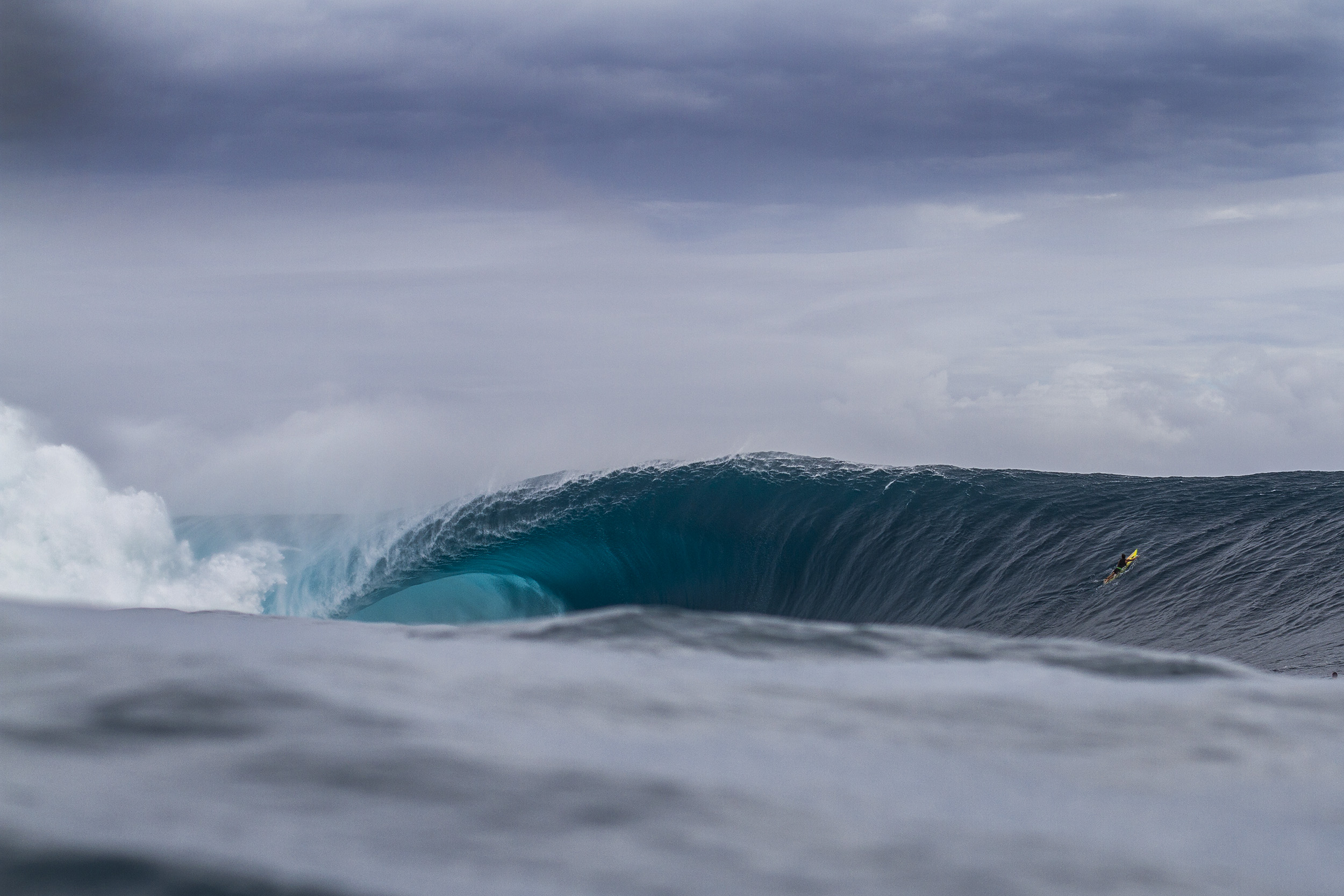
“Kohl Christensen at Cloudbreak during that 2012 contest swell [Volcom Fiji Pro]. I was in the water and pretty worried a big one might break really wide. That swell was in the unknown size range.”
How did you get into photography: I started shooting a lot of video of skating and surfing at a very young age. I had multiple injures, and that was a bit of a forced motivation to stick with it. All my friends started charging Shipstern Bluff, so I started swimming out there. You have to make waves for video, and not many get made at Shippies. [Laughs.] So I started shooting 35mm with a mate’s water housing when he wasn’t using it, and I was instantly addicted.
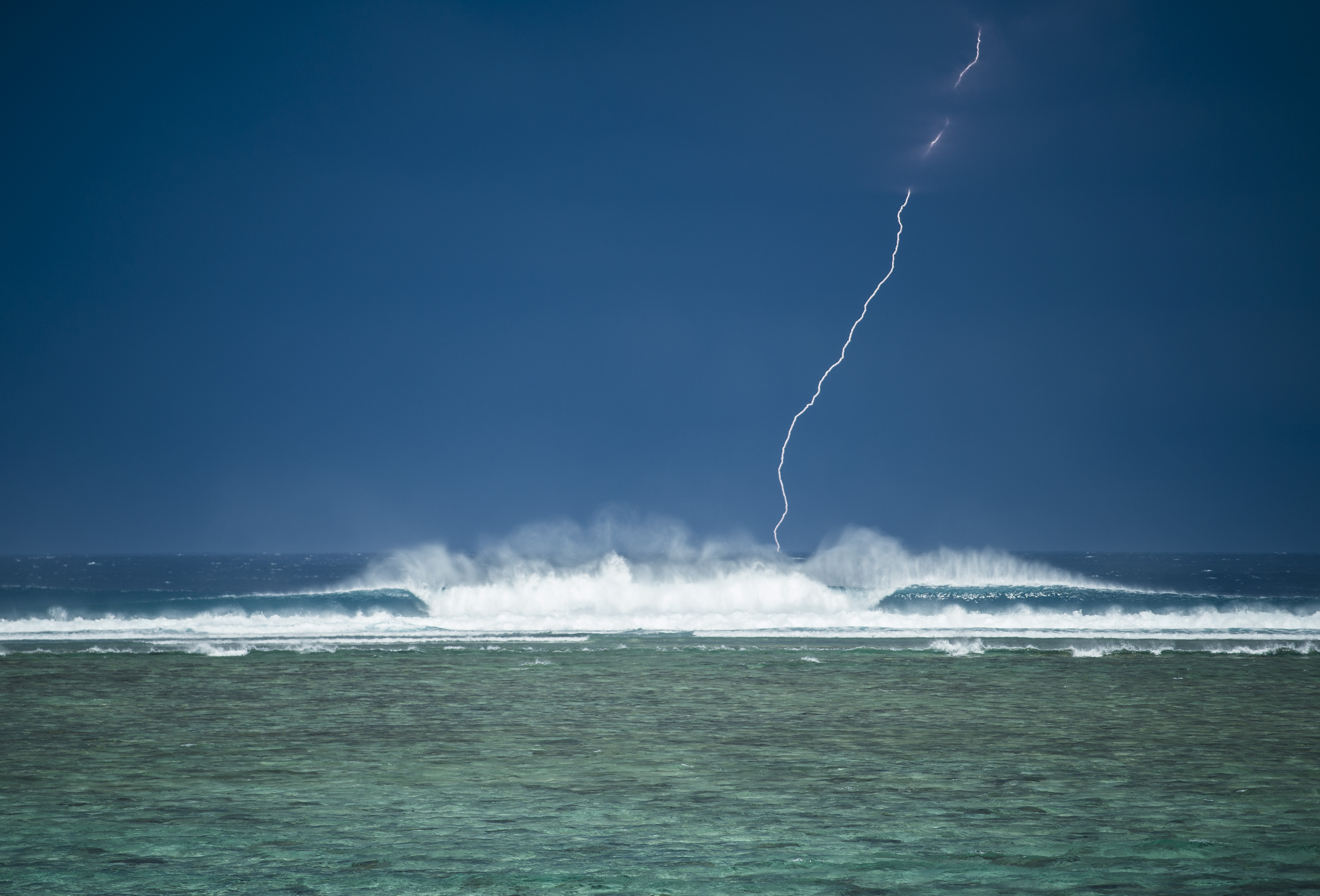
“Lightning peak…I arrived on Namotu in the arvo, and I was so wet from the boat crossing. I just got to my room to get changed and saw a storm going off, so I grabbed a camera and started shooting. I happened to get lucky and captured a strike.”
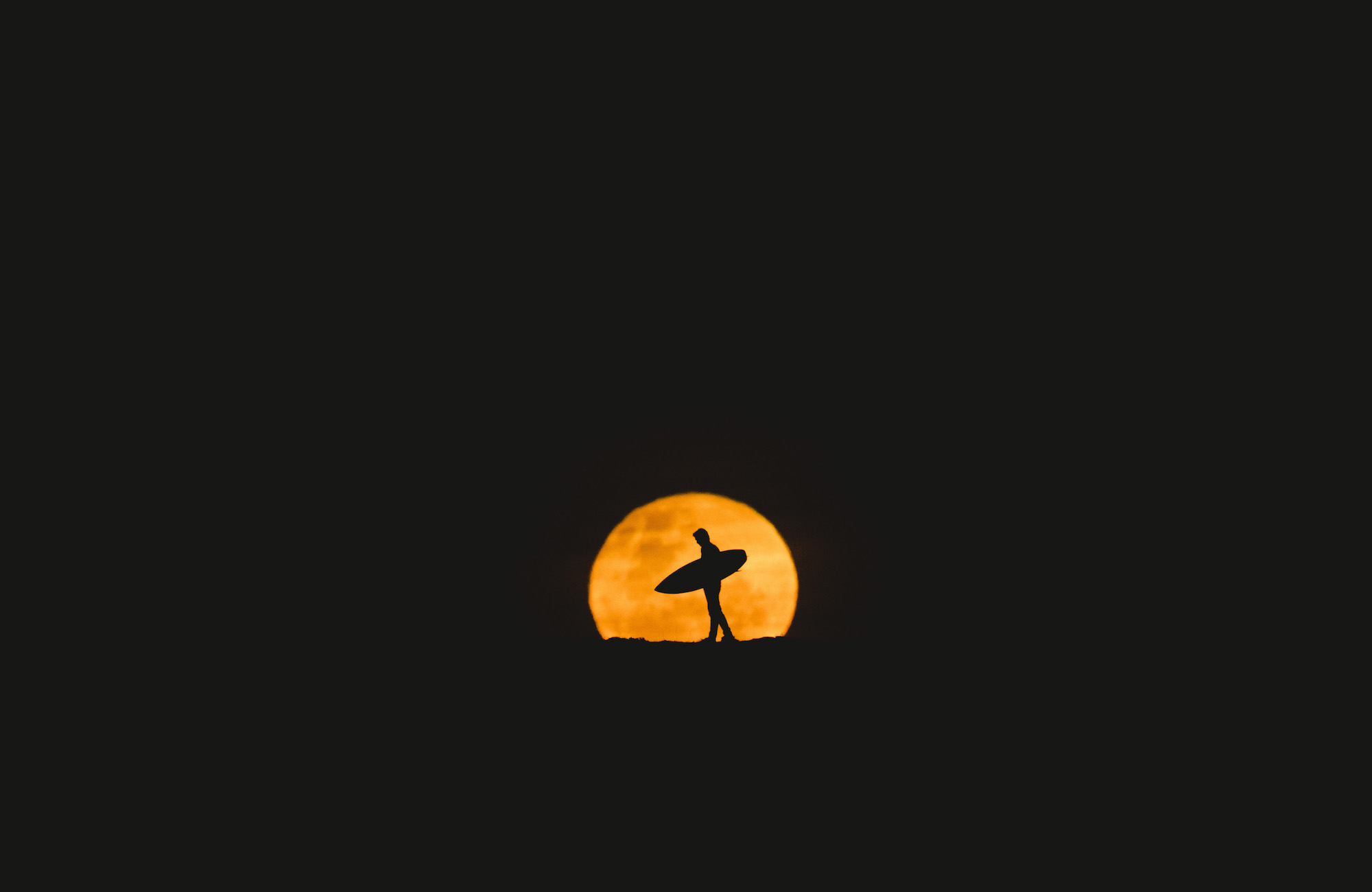
“That’s me in the moon. Andy Chiza and I tracked the moon for a night. It’s shot from about two kilometers away.”
Must-have pieces of equipment for trips: I always carry one water housing and camera in my carry-on. That way, if my luggage doesn’t turn up, I’m confident that I can salvage a trip.
Career path: Break legs, steal mate’s camera, swim lots at Shipstern Bluff, get some covers, travel, COVID-19, confused.
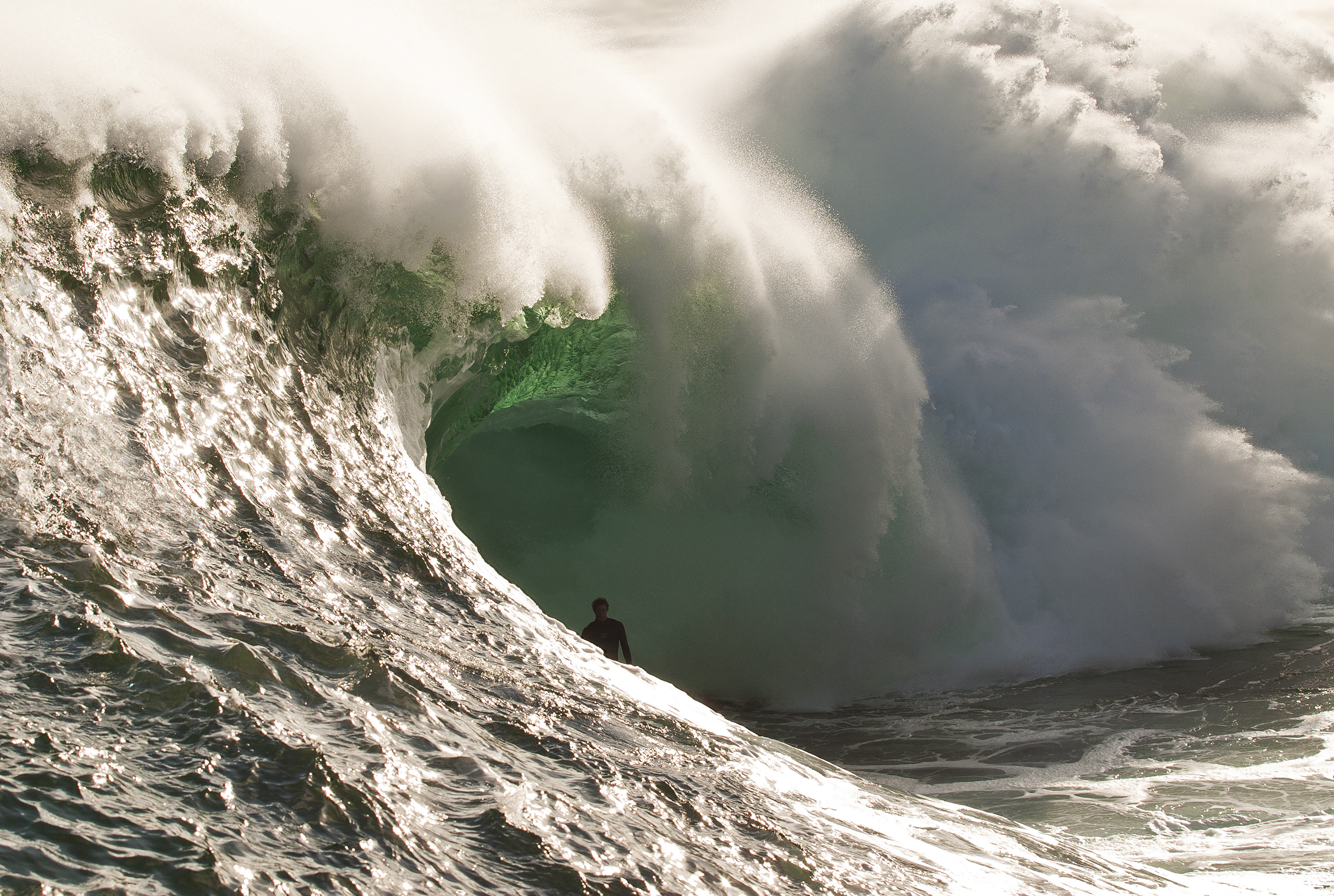
“The arvo pulse is always worth waiting for at Shippies, And Mikey Brennan has had more bombs than anyone out there.” Buy this print on Great Breaks here.
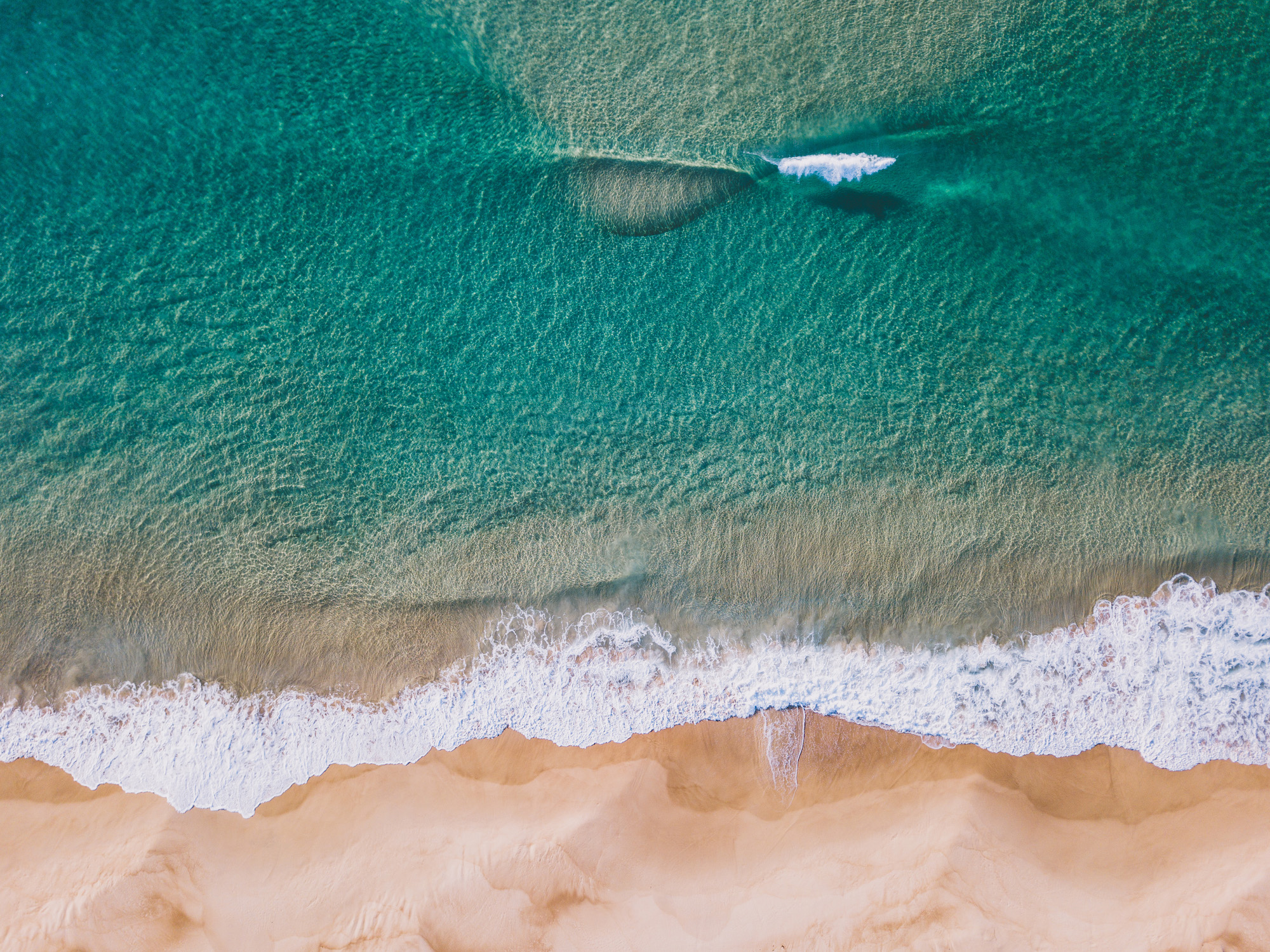
“Drone beach-scape…it’s fun flying over empty beaches and looking for cool sand formations.”
First camera used: Those old waterproof throw-away cameras — my bro and I used to take turns in the water. First real stills camera was a Canon Eos1N 35mm.
First camera owned: First stills camera was a Canon Eos1N 35mm. I pestered the local newspaper for a while, ’til they finally sold me one. Not many cameras to buy in Tasmania back in those days.
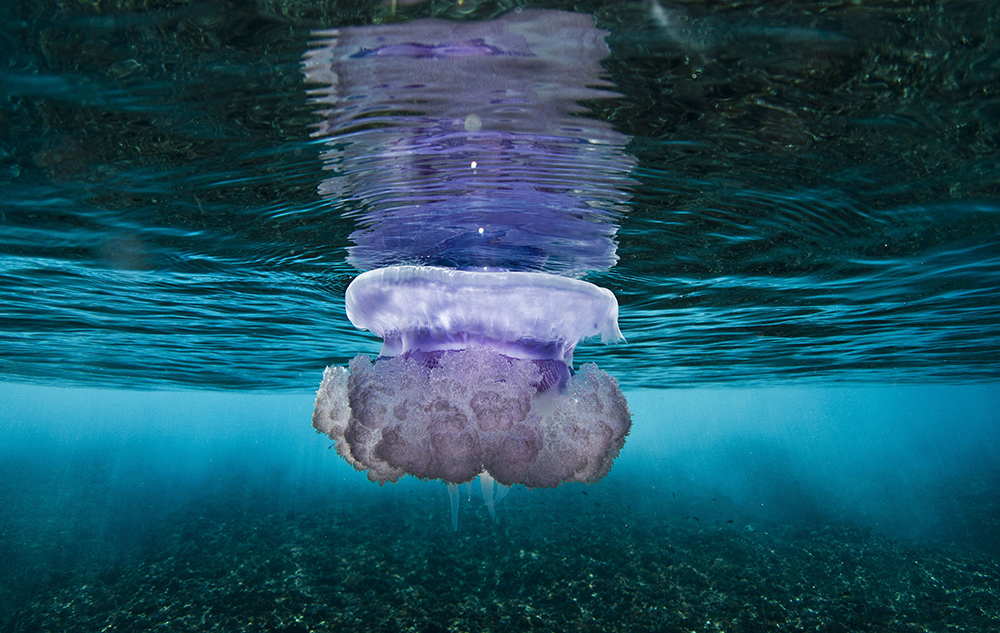
“Here we have a jelly from Telo island in Indo.” Buy this print on Great Breaks here.
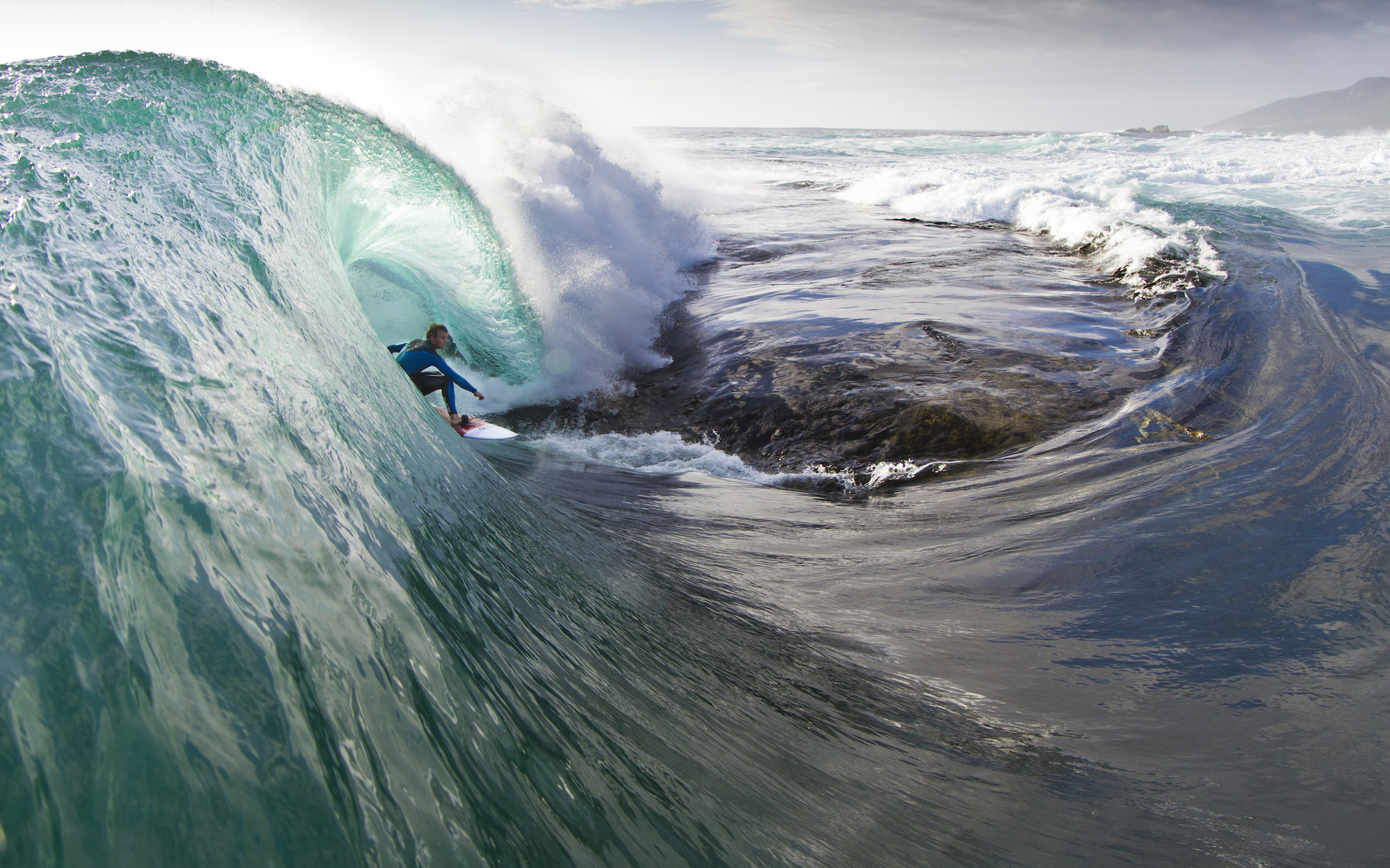
“Mick Hoult and a Tassie slab.”
Biggest influence: Sean Davey
Advice for up-and-coming photographers: Shoot as much as you can just for fun…then, if all of a sudden you’re being paid for it, you’re doing it right.
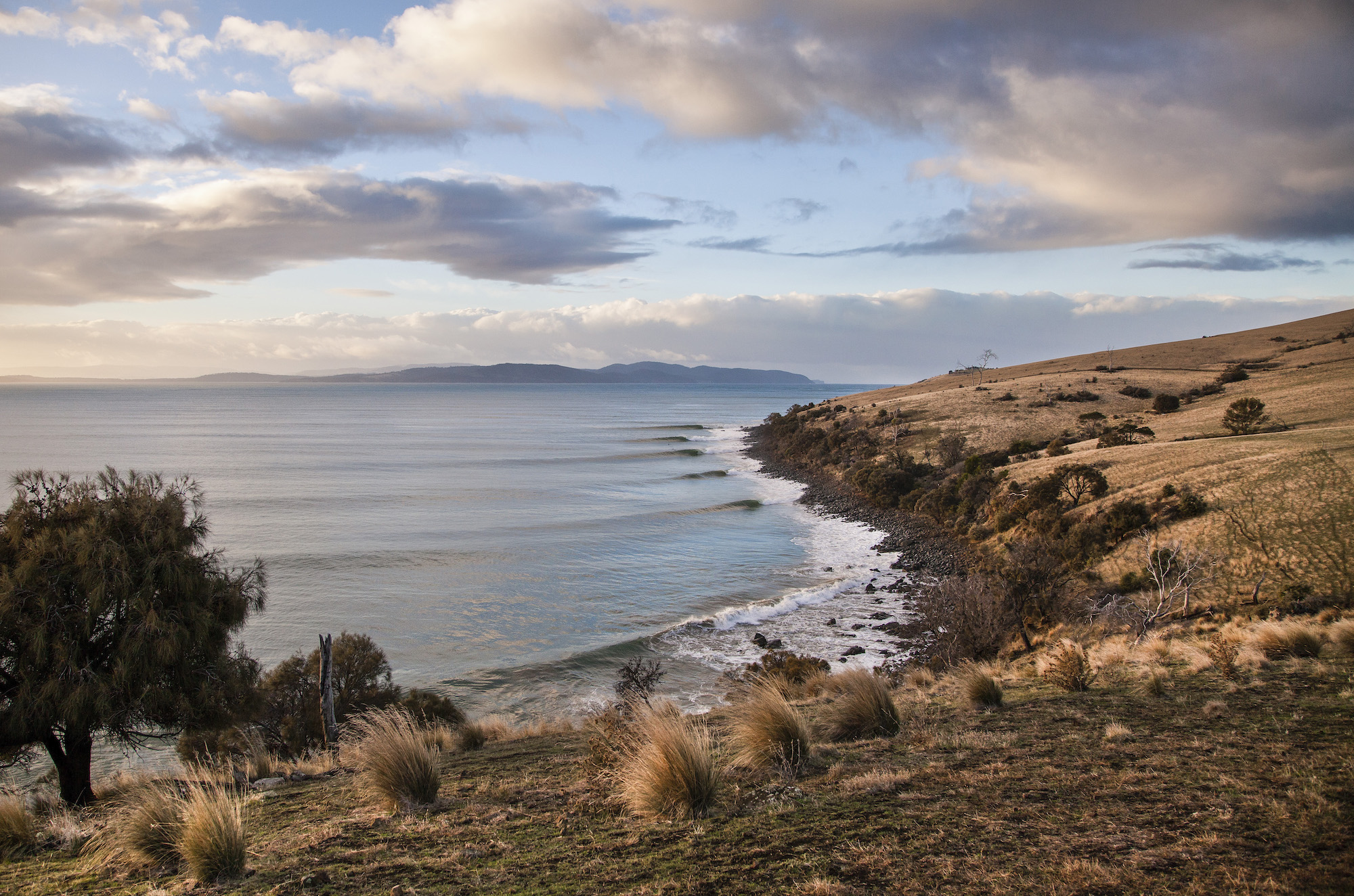
“My homebreak…pity it only breaks once a decade.”
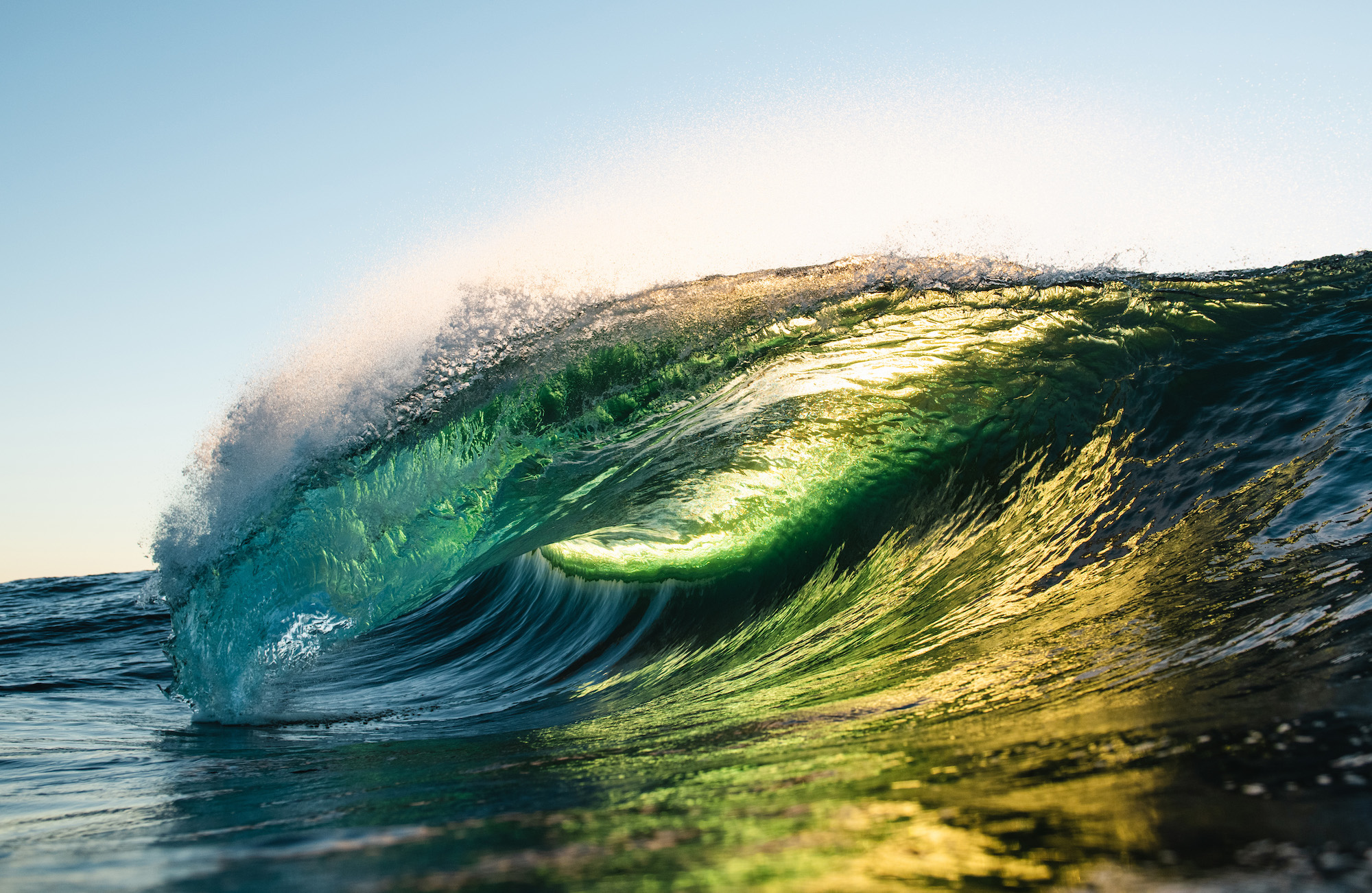
“Early coldwater swims on Tassie’s east coast.”
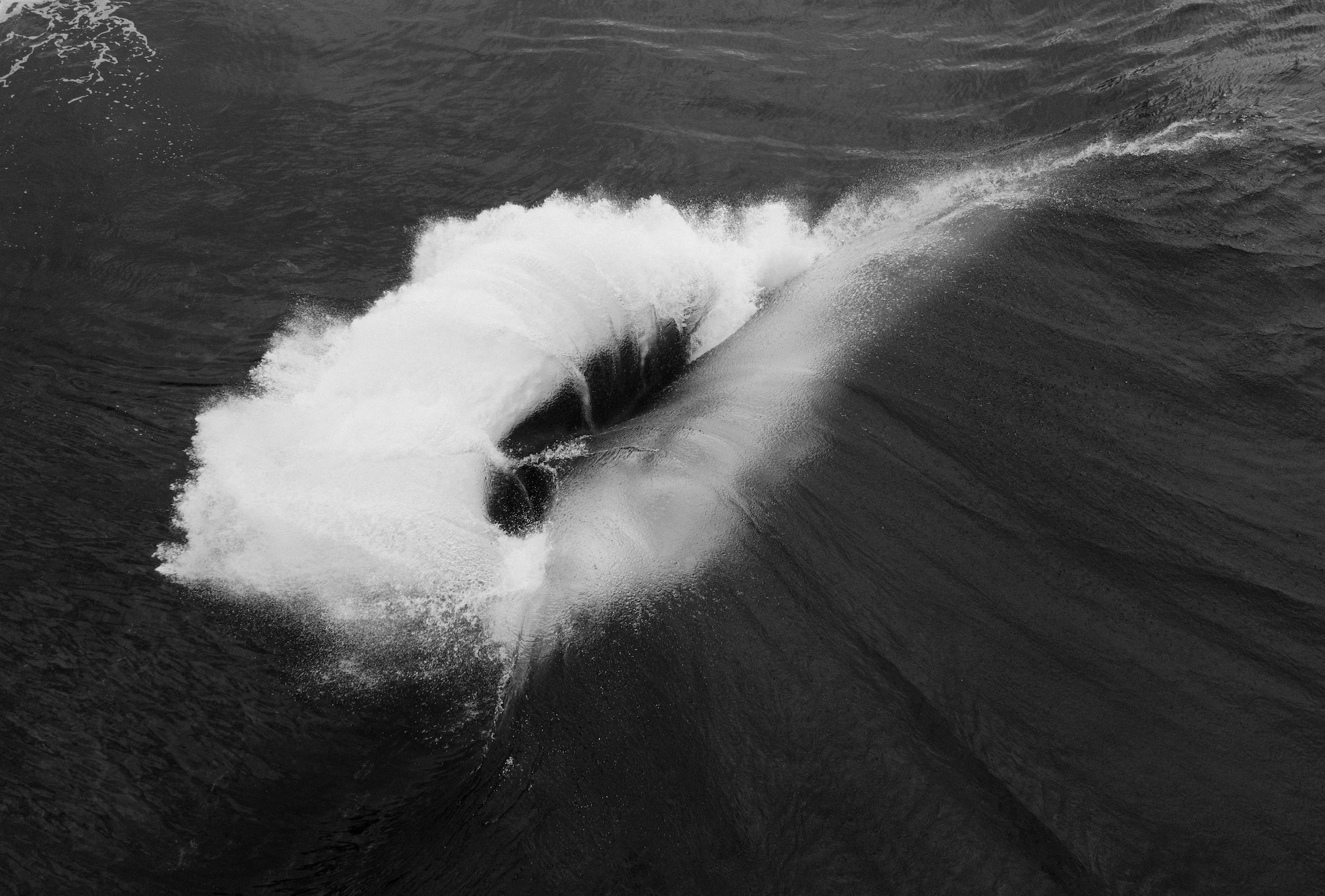
“This is the same wave from above – but shot from the air and in the arvo.”
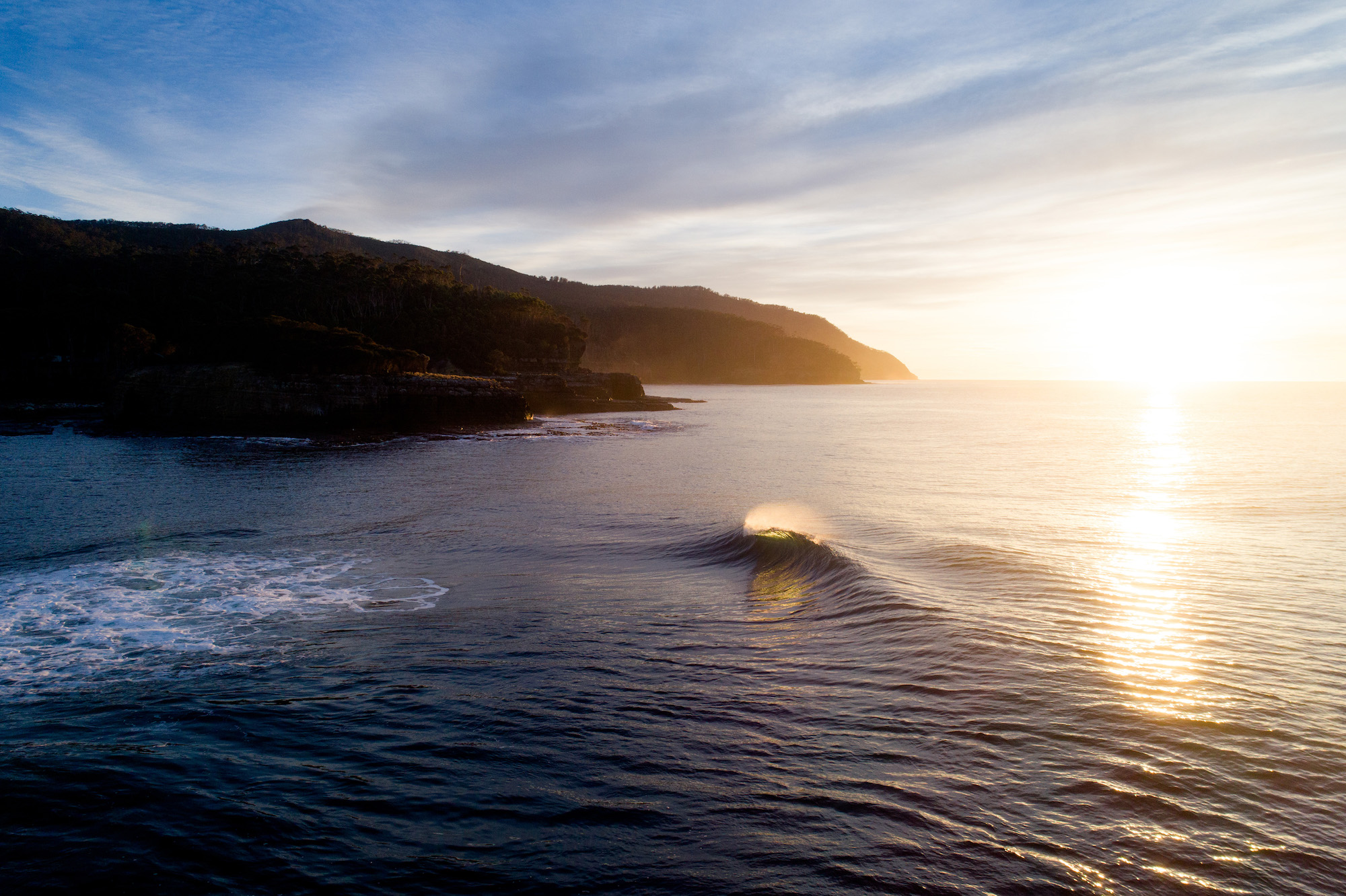
“My favorite wave in Tasmania.”
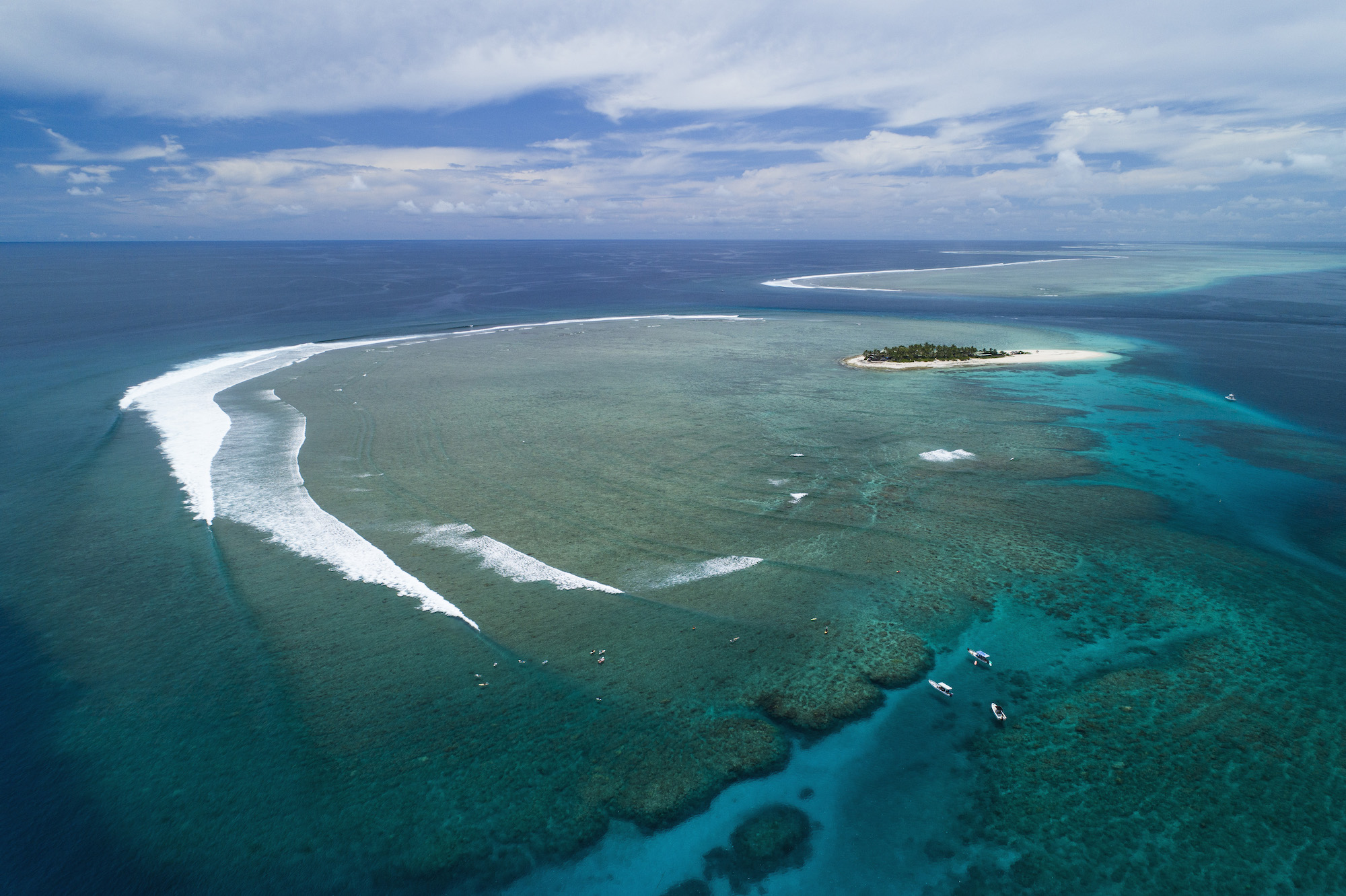
“Namotu island, and Swimming Pools trickling through below.”





Recent Comments